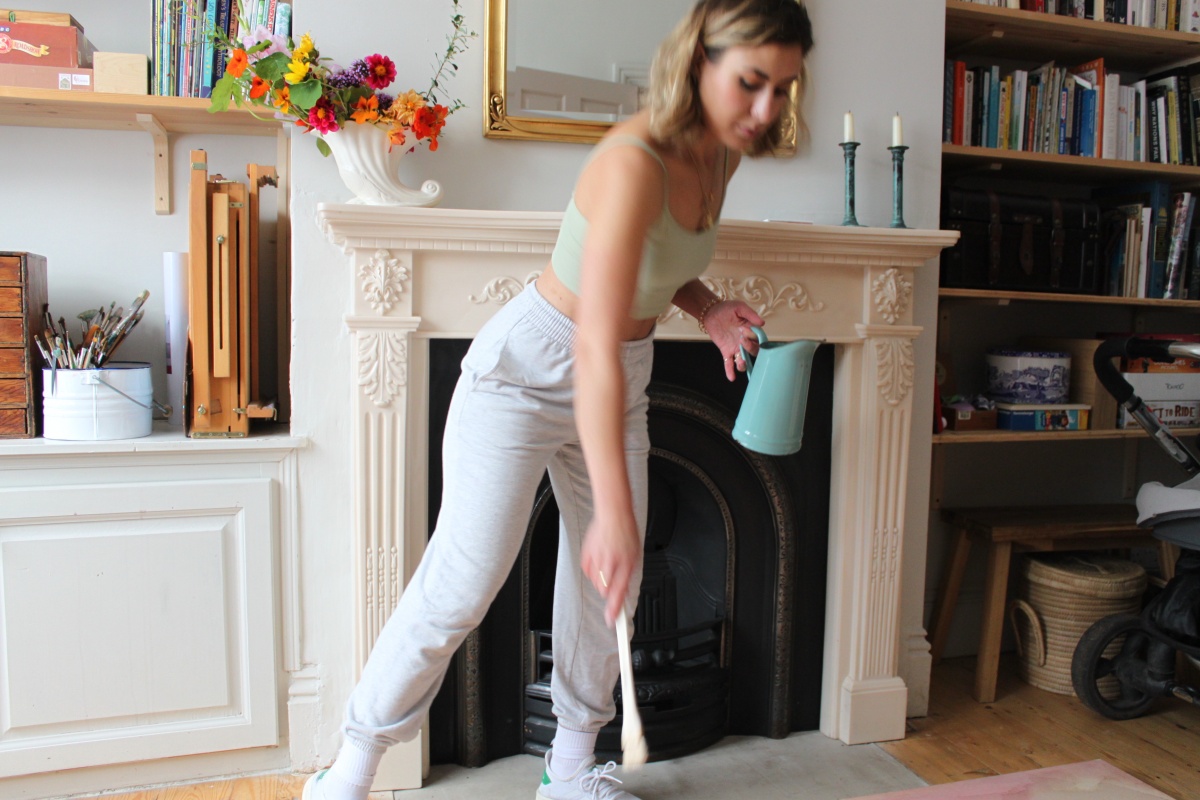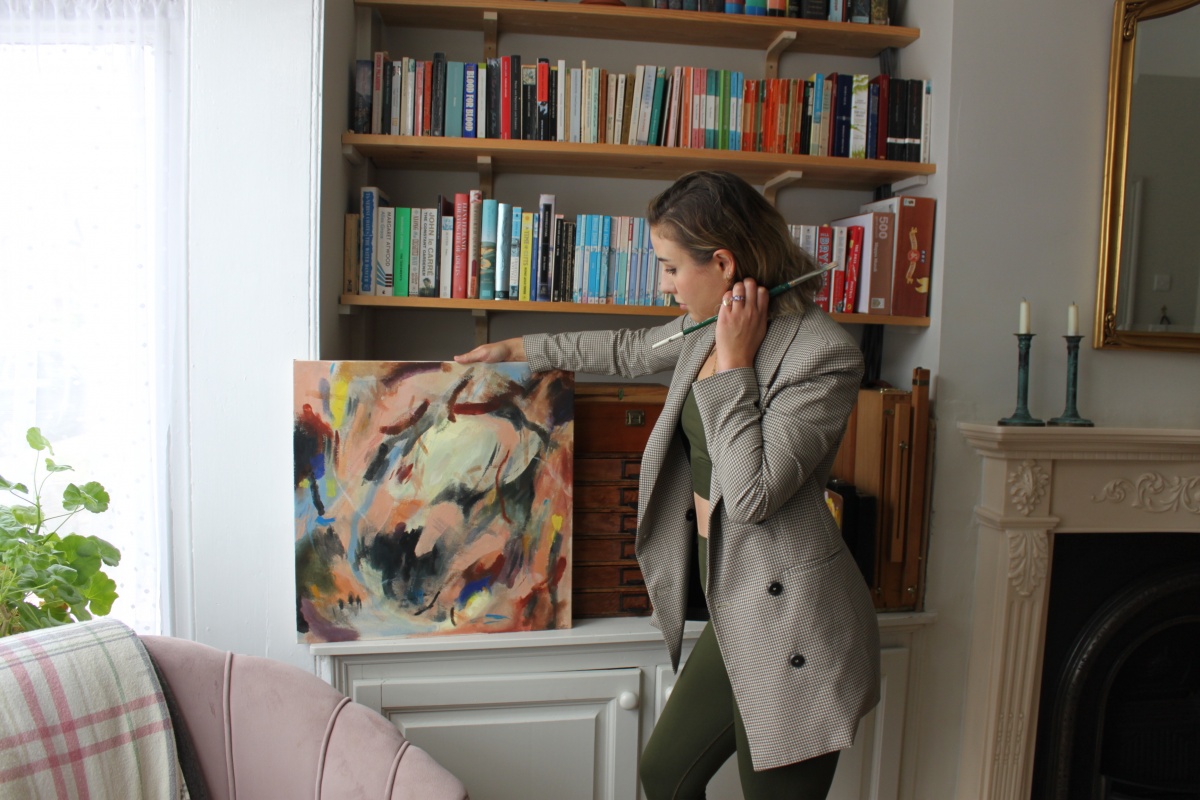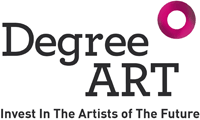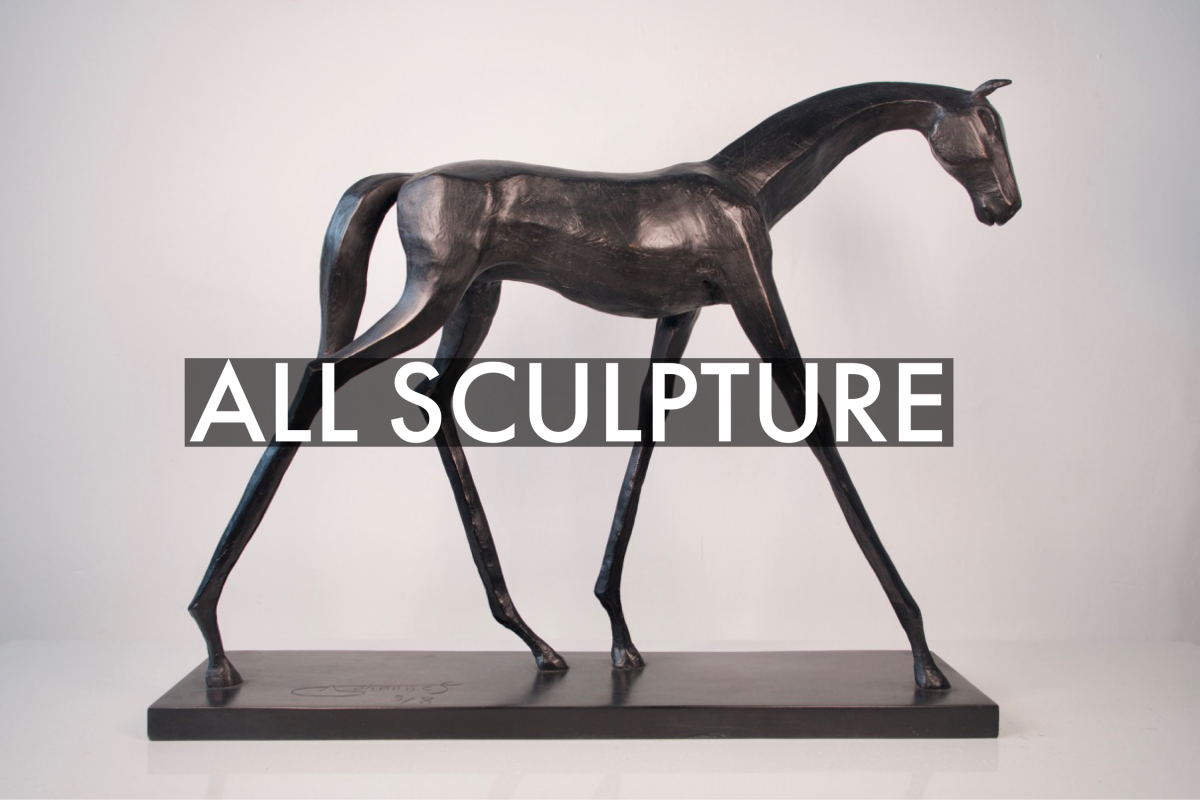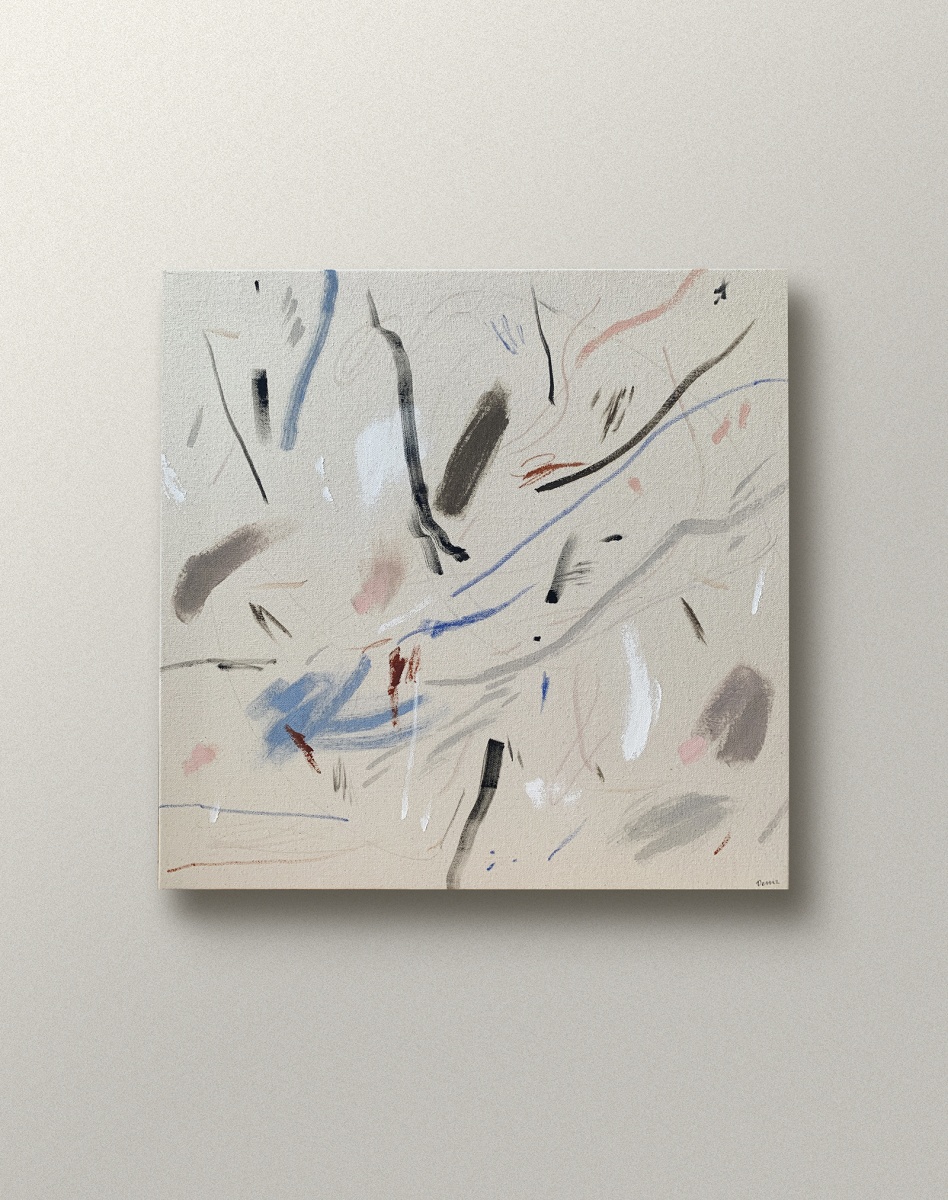Deniz Gustavsson is a mixed media artist based in the UK. With an Arts degree and background in visual design, Deniz's work is an exercise in finding and creating beauty through movement and happy chance, drawing inspiration from her own life, experience of motherhood, femininity, childhood, personal relationships and past pain. The title for each piece is filled with meaning and is as important as the artwork itself.
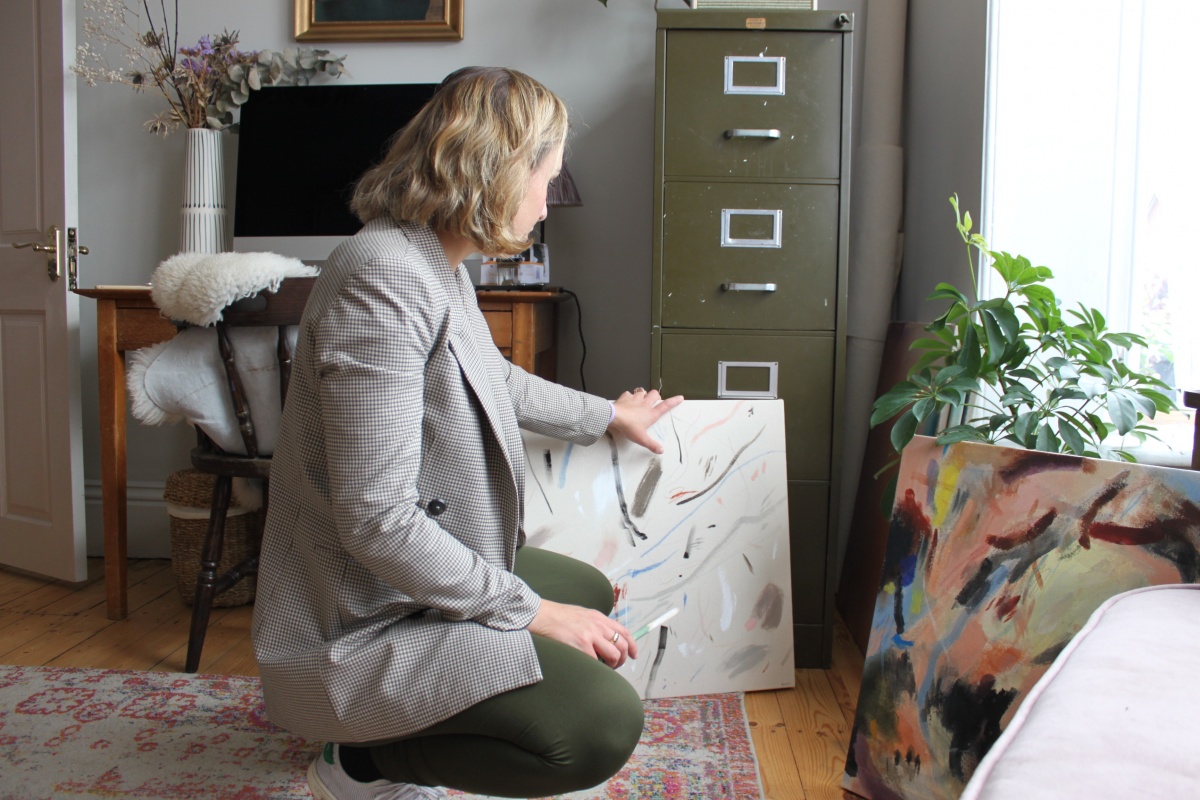
1) Which art movement do you consider most influential on your practice?
American abstract expressionism is the most influential on my style and my work, although I have spent my life loving the impressionists and in particular the Edwardian impressionists.
2) Where do you go and when to make your best art?
My abstract art started when I was on maternity leave, just in my front room which I used as a studio. The end of my pregnancy and birth of my daughter 4 years ago was high-risk and traumatic (fortunately we are both well today) but right after the birth, although I was —of course— happy to have a healthy baby, I didn’t know what to do with that experience, so I turned to art to make sense of that sadness and use that trauma to create something beautiful.
My studio is still at home, so I create all my work there. Because my art comes from a place so intimate and personal, it’s become my safe haven and instead of keeping it a functional workspace, I filled with beautiful books, pictures, plants, fabrics and objects that I love. It’s an extension of my home. I often find my inspiration and title my work based on quiet reflection — it started off to make sense of trauma, but now I also like to revisit happy moments and create around that.
3) How do you describe your 'creative process'?
I always start with a colour palette to create a sense of the mood I want the painting to have. Sometimes I plan out the composition or make sketches, but I also like to keep it spontaneous and light, and let the colour and medium guide me in the next step or layers. I often take days to build up the paintings and often come and look at them every few hours to see them in lots of different light. The hardest thing is stopping at the right time! And for every painting I publish for sale, there are lots of ones left behind. I hope to never fully master the creative process as I love a happy accident!
4) Which artist, living or deceased, is the greatest inspiration to you?
Helen Frankenthaler — she pioneered the soak/stain technique and has (in my opinion) remained unsurpassed both in her vision and her quality of work— though I think history has slightly written her out in favour of less talented men who copied her style.
5) If you weren't an artist, what would you do?
I’d be a graphic designer as that was what I studied at university to ensure I would always have a backup (or as my parents said, “a real job.”) Being an artist never even entered my universe as a possible real career!
6) What do you listen to for inspiration?
I’m originally from Sweden, so I tend to listen constantly to Swedish radio and podcasts, to keep my connection with the language and culture alive and tether myself to my home country.
7) If you could own one artwork, and money was no object, which piece would you acquire?
Madame X by John Singer Sargent. His style of painting and technique is completely unparalleled and I could stare at his work for hours.
8) If your dream museum or collection owner came calling, which would it be?
Definitely the Tate Modern.
9) What is your key piece of advice for artists embarking on a fine art or creative degree today?
I would remind them that the value of creating art is its own currency and to not listen to much to outside voices — trust your own vision and creative process. And have fun!
10) What is your favourite book of all time (fiction or non fiction)?
11) If you could hang or place your artwork in one non-traditional art setting, where would that be?
Out in the peaceful Californian desert, surrounded by cacti and sunshine.
12) What was the biggest lesson your university course or time studying taught you?
It’s more important to please yourself than to please tutors.
13) And finally, if we were to fast forward 10 years, where would we find you?
Still painting, still creating, but most importantly still learning.
Learn more about Deniz and discover her collection of artworks.

